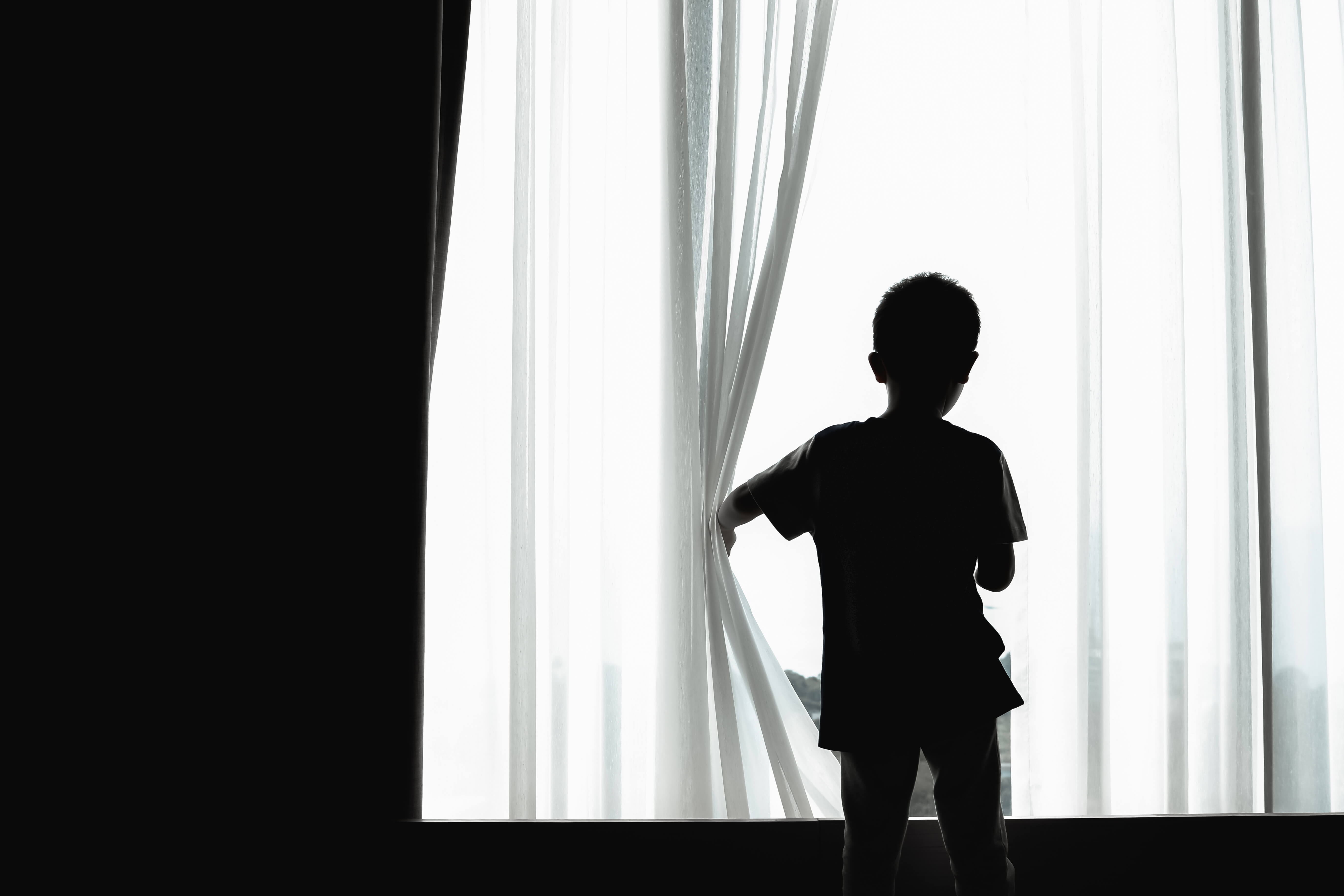
The CDC reported that at least 1 in 7 children have experienced child abuse and/or neglect in their life. With the pandemic leading to an increased unemployment rate, school district closures, and stay-at-home orders, the lives of children and families across the globe have been dramatically disrupted. Unfortunately, this poses significant risk for increased family violence, including child neglect.
Child neglect refers to the parents’ pattern of failing to provide for a child’s basic needs, including safe living conditions, nutrition, hygiene, education, affection, and supervision. While many child welfare organizations have noted that, on paper, the numbers may be decreasing, this may just be a result of fewer opportunities for detection and reporting as opposed to an actual decrease in incidence.
There is no clear end in sight yet in terms of lockdowns, so the urgency and severity of this situation calls for extensive efforts against the hidden epidemic of child maltreatment. Below are ways one can spot signs of child neglect and what one can do to help.
How to spot signs of child neglect
Unlike physical abuse, signs of neglect are not always easy to spot. But here are some indicators a child may be experiencing neglect:
- Has poor weight gain (either under or over nourished)
- Lacks sufficient clothing or wears ill-fitting, filthy, or inappropriate clothing for the weather
- Has consistently bad hygiene and is always unbathed with matted and unwashed hair and noticeable body odor
- Lacks needed medical and dental care or immunizations, leading to untreated illnesses and noticeable physical injuries
- Frequently states that no one is home to provide care, hinting the lack of supervision or an unsafe home situation
- Routinely gets absent from school
- Takes food or money without permission, often for safekeeping for later
What can you do?
If you are a witness to ongoing child neglect, you should report it to the local child services authority. No matter your location, there is always a local organization with quality professionals that are available to help. In fact, despite the challenges caused by the pandemic, universities continue to offer quality law enforcement education all year round, providing communities with more people who can take legal action against child neglect. Students who have taken these criminal justice programs not only pursue criminology courses and electives but social science subjects like psychology and economics as well. This has allowed them to factor in multiple aspects that could be causing the neglect to happen.
A lot of them end up in non-profit organizations and government entities, which are easily the most accessible places you can seek help. For example, in Colorado, Coalition for Children is one such place. You can reach these entities through phone and email.
Another way you can help win the fight against child maltreatment is by donating to non-profit organizations like Nurse Family Partnership, SEEK, and Strong Communities. These community-building coalitions have programs that deliver child welfare services designed to protect children and strengthen families. Some provide support to parents with physical, emotional, and even financial incapacities. Others provide training, consultation, and assistance to child welfare professionals and agencies.
Remember, child neglect is a public health issue — therefore, it concerns you. Do not hesitate to reach out and save lives, one child at a time.
Author: Rory Dione
For endcan.org
